Knowing where and when to go in Costa Rica can make all the difference to your vacation there. Wet, or as they call it green and dry seasons are an obvious consideration for a traveller to this Central American country. However, if you think that this is all you need to know, you might find your hotel situated in an arid area with leafless succulents, instead of lush rain forest vegetation you were expecting.
Highest density of species on our planet, a blend of flora and fauna of South and North Americas; about 1/4 of the territory having status of national park or some other nature preserving area; highest economical, wealth development and most stable democracy in Latin America; army abolished 1948 and corresponding budget spending instead on security, education and culture – all this make Costa Rica a dream destination for ecotourism.
If your traveling is driven by passion to tropical plants, this guide to Costa Rica is for you.
Climate and sub-climates of Costa Rica
Green areas are covered by tropical rain forests, while red area in Guanacaste province is seasonaly dry region with a few remaing patches of tropical dry forests. Map by CostaRica21.com
Area-wise Costa Rica is smaller than the state of West Virginia or, if you are more familiar with European geographical references, about the size of Slovakia or 1/6 of Italy. It’s easy to think that there should be no big differences in climate, but the nature would prove you wrong.
The central regions of country are elevated by a few mountain ranges with the highest pick of 3,820m (12,533 ft).
The steep elevations themselves make the temperatures and humidity change very fast and so does the vegetation. From dense tropical rain forests in lowland changing to alpine tundra with no trees on the highest tops.
Mountains creates also obstacles on the way of humid air masses carried by trade winds blowing over this narrow land patch between Pacific Ocean and Caribbean. This cause a lot of rain pouring down on south-east and north-east coasts, while most parts of Guanacaste province, shielded by the mountains, get extensive dry periods.
Hope these month by month maps of rain and dry periods in Costa Rica provinces can help you to time plan your vacation:




Costa Rica Biological environments
The differences in temperatures (mainly depending on the altitude above the see level) and amount of rain have created four distinctive climate conditions. Naturally, there are transitions between them, but mainly we can talk about following four environments: tropical rain forests, tropical dry forests, tropical cloud forests and paramo.
Tropical rain forests
Etlingera elatior © Frank Vassen
Coastal areas on Caribbean side (Limón province) and south-east part of Pacific side (Puntarenas) are receiving the most rainfalls with even temperatures rarely going below +21˚C (70˚F) or above +34˚C (93˚F). This is a botanical heaven, the most species dense and diverse biomes on our planet! Only 3% of Earth are covered by tropical rain forests, but about 50% of species are to be found here.
The richness of Central American rain forests is extremely high even comparing to other similar regions of our planet. There are some theories explaining this by melting of North and South American flora as well as that when other our days’ tropical regions had much cooler climate during the last ice age, there still were warm and humid conditions where Costa Rica is situated now.
You will be stunned by the abundance of plants in so many sizes, shapes and colors, growing on five different layers:
Fittonia verschaffeltii a tropical ground cover
Ground – the vegetation down here is adopted to plenty of humidity, while getting just 2% of the sun light available to the trees in the canopy layer above. Many of our tropical room plants are from here. So they can cope with the low light inside of our homes. Providing some extra humidity and right potting soil will open a possibility to grow a range of really exiting plants, like Caladiums and Fittonia.
Shrub – smaller trees, shrubs and taller grasses are taking up this human hight’s level. About the same amount of light as on the ground means that even here you will find some good candidates for indoors growing. Endless species of Heliconia (an article is in making), related Etlingera (photo above), Hedycium, Alpinia. Please note, however, that you should never collect any plant material in the wild without a proper permission!
Understorey or undercanopy – this is the place where young trees are waiting for their chance to take their place under the Sun as an older tree falls down and clears a vacant spot. But, not all plants here are so well behaving. Lianas are in harry to climb to the Sun, using others’ trees trunks as a stairway.
Hollow trunk of strangler figs © E.Ritzinger
The real bad guys here are the strangler figs though. They have an opposite tactic to lianas’. These different species of Ficus are sprouting their seeds high up in debris between branches of a host tree. As the shoot is growing up, the roots are reaching down around the host trunk. When finally in the soil they start depraving the host of its nourishment, while getting themselves wood hard and strangling the host to death. The dead tree inside the strangler fig will decay with time, living a hollow but hard structure of strangler fig’s now woody roots.
Canopy – the roof of forest supported by 30-45m (98-148ft) high pillars of tree trunks. It’s a crowded sundeck, where, by some estimates, up to 50% of all plant species are found. Not only sun light is yelled here, but also most of the rain water. The water is partly used by many epiphytes growing here on the trunks and branches, but mostly it is evaporated back to the athmosphere, creating new rain clouds.
The canopy biomes are still poorly studied and in most places are out of reach for visitors, but here in Costa Rica there are abundance of canopy tours, which can be bridge walks, zip lines or even aerial trams.
Emergent layer – just like some people are standing out among the masses so even some trees can grow considerably higher than others above the canopy.
Me and my partner are going to spend the most part of our trip in rain forests zones of Puntarenas province. Our first stop there will be at Finca Exotica Ecolodge situated right at the entrance to Corcovado National Park (see the map at the end of this article). Finca Exotica has en extensive garden with both decorative and edible tropical plants. So I will do a hotel and garden review for them in a separate blog post under my coming “Best Tropical Hotel Gardens” section.
While on Osa Peninsula, I will also try to make it to Casa Orquideas, which, unfortunately, I don’t have much information about yet, except this Youtube video. I’m afraid I won’t have enough time to visit situated more further in-land Las Cruses Biological Station, also known as Wilson Botanical Gardens. Described as most famous botanical garden in Central America, it hosts the second largest collection of palms in the world (after Nong Nooch in Thailand).
Next stop for us will be a bit North outside of city of Quepos, right next to Manuel Antonio National Park. This is the country’s smallest national park, but also described as most beautiful. When deciding where to go, I couldn’t resist the combination of white beaches, blue lagoons, mangroves and rain forests. A dedicated post will surely follow.
Other places to emerge your body and your soul into tropical rain forests in Costa Rica you can find on the Caribbean side: Veragua Rainforest Research and Adventure Park in Limon, with plenty of tourists activities and Tortuguero National Park, which is best experienced from a boat.
In Heredia province you will find La Selva Biological Station owned by Organization for Tropical Studies.
Tropical dry forests
Cortez tree (Tabebuia ochracea) in flower on the slopes of volcan Miravalles, Guanacaste. © costa-rica-guide.com
Having the same all-year-round high temperatures as the rest of coastal zones, Guanacaste province is receiving the least amount of rainwater or having the most sunny days and a prolonged dry season. Guanacaste, however, is not covered by dry forests because of extensive human activities. To see the last patches of such forests you will need to go to Palo Verde Biological Station.
Enterolobium cyclocarpum © Karen
Costa Rica national tree Enterolobium cyclocarpum has its common name the same as this dry province – Guanacaste.
To withstand the dry seasons in these forests many plants evergreen in rain forests had to adapt here by turning deciduous. Trees are much shorter here and less dense. The undergrowth in its turn is denser here than in rain forests as it’s getting much more light without the tight sun-shield of canopy.
Succulents are thriving here. My absolute favorite plant I grow home, Plumeria is having its habitat in dry tropical forests of Central America.
There are still many epiphytes even in these forests, like bromeliads or orchids, but they are of more drought resistant species and varieties.
Tropical cloud forests
Opposite to the dry forests, cloud forests are almost constantly exposed to humidity close to 100%. Higher up in mountains, the night temperatures can drop here to 55°F (13°C). These conditions require the flora here to come with adaptations different both to dry forests’ plants and also to warmer rain forests down the hills.
Mosses are covering ground as well as many tree stems and branches. About 1/3 of all plants here are epiphytes (mostly bromeliads and orchids) representing almost 900 different species. Other plants you will see here in abundance are ferns.
Some of the flowers on display at the Orchid Garden in Santa Elena. Alexandra Fylypovych/The Tico Times
Most popular site to experience cloud forests in Costa Rica is Monteverde Cloud Forest Reserve visited by roughly 70.000 tourists per year. Eight hiking trails will comfortably take you close to the amazing diversity of flora and fauna here. It says to be the site with the largest amount of orchids species (over 500) in the world. Many of them, collected with a special permission, are now available to enjoy at Monteverde Orchid Garden in the nearby city of Santa Elena.
Just half the distance from the capital San José to Monteverde you can visit Nectandra Cloud Forest Gardens. It doesn’t have the tourist infrastructure of Monteverde, but you still can enjoy 341 acres (138 hectares) of cloud forest with wild orchids, ferns, mosses and heliconias.
Paramo
Paramo is the forth distinct biological environment in Costa Rica. It is an alpine tundra found on elevations above 9800 – 10100ft (3000-3100m), where because of low temperatures and harsh winds trees are substituted by short shrubs and grasses.
Hiking opportunities in Paramo bioms are available in Cerro Chirripó National Park or as easy as driving all the way up to Cerro de la Muerte. The spine-chilling name of the last one (Summit of Death) is just a reminder of less easy travelling past times. Our days the Pan-American Highway will comfortably bring you here just 61mi (98km) from San José. In fact you will have to pass here if you decide to drive from the capital down to Osa Peninsula and the Pacific coast.
Other botanical and private gardens (open to public)
Take a moment to think about the feelings, which a person with keen botanical interest can experience facing the wilderness of flora in national parks and other protected areas in Costa Rica. Speaking for myself I would name: excitement, admiration, curiosity, exploration urge. Those are fantastic feelings, awakening our inner child. Tropical gardens, however, created and arranged by humans, appeals to me on another level. To me, this is a display, a living museum of the things of flora intended to please our sense of beauty and harmony.
This ornamental purpose is most obvious in private gardens, created often by one or a couple of enthusiasts according to their own interests and perceptions. Public botanical gardens, often maintained by universities, have more rational educational and economical, as well as scientific determination. Costa Rica boasts a plentiful garland of both.
Private botanical gardens of Costa Rica
Ileana de Terán, founder of SACRO (Save Costa Rica’s Orchids), has an extensive collection of orchids, available to public visits at her Hacienda La Laguna in south-eastern suburbs of San José (Curridabat). She has transformed one of the oldest coffee plantations in Costa Rica into magnificent displays of flowering and foliage plants.
Else Kientzler Botanic Garden is one of the newest gardens in Costa Rica (opened 2006), but already probably most recognized and popular in the country. It consist of 11 gardens situated in the town of Sarchí. Some of the gardens are: flowering signature of Costa Rica – orchids; palms garden; bromeliads; endengered trees; suculents garden; tropical fruit trees, a hibiscus maze, shaped like… right, a hibiscus flower.
600m (2000ft) up to the hills overlooking the Pacific coast, Pura Vida Gardens are augmenting already magnificent tropical nature with myriads of flowering and foliage plants along the walking paths.
La Paz Waterfall Gardens are located on the slopes of the Poas volcano. It is a popular tourist destination, a complex of spa, lodge, restaurants and shops, but also 5 waterfalls, hummingbird and bromeliad gardens, the largest butterfly observatory in the world, a serpentarium and a frog pond.
In San José’s northern suburb of Santa Bárbara you will find Arc Herb Farm, specializing in culinary and medicinal plants. Guided tours as well as strolling on your own is possible in their nursery and garden.
Just 13km (8mi) from San José International Airport, on the route to the Central Pacific beaches, there is a much recommended stop for the orchids lovers: La Garita Orchid Garden. It consist of trails, varied gardens, exhibition spots, learning nurseries, greenhouses and a laboratory. On the property you will see even other ornamental plants such as heliconias, gingers and palms.
Orchimex is a commercial orchids producer offering a tour through the greenhouses, where you will have the opportunity to see different types of orchid hybrids. You will view the stages of production, harvesting and packing the orchids for export.
If you spend your vacation on south part of the Caribbean coast, you can visit Finca la Isla’s Botanical Garden with an extensive collection
Public botanical gardens of Costa Rica
As you probably already figured out, there is a number of orchid gardens in this country. The Lankester Botanical Garden boast the largest collection of orchids in the world! This botanical garden is part of the University of Costa Rica and is located in the city of Paraiso, Cartago about 24km (15mi) from the capital San Jose, Costa Rica.
If you continue 44km (27mi) further east by road 10 from the Lankester Garden, you will arrive to CATIE Botanical Garden outside the city of Turrialba. CATIE is a Spanish abbreviation for “The Tropical Agricultural Research and Higher Education Center”. Besides its primary purpose as a laboratory for students and scientist, the gardens are also an interesting and relaxing place for amateur botanists. You can find here some rare as well as ornamental plants.
Another research center, The National Biodiversity Institute (INBio) of Costa Rica has its botanical garden right in San José (see the map below).
EARTH University (Spanish short for Agricultural School of Tropical Humid Region) has it grounds in Guácimo, Limón, where you also will find their botanical garden. Their La Flor campus is sutuated in Guanacaste.
Garden Hotels
During our trip to Costa Rica I will review two hotels well-known for their gardens. We will start with a few days in the Hotel Bougainvillea near the International Airport. Their garden is recognized as Costa Rica´s finest by a local gardening association.
The second one will be Finca Exotica Eco Lodge in the entrance of Corcovado National Park on Osa Peninsula.


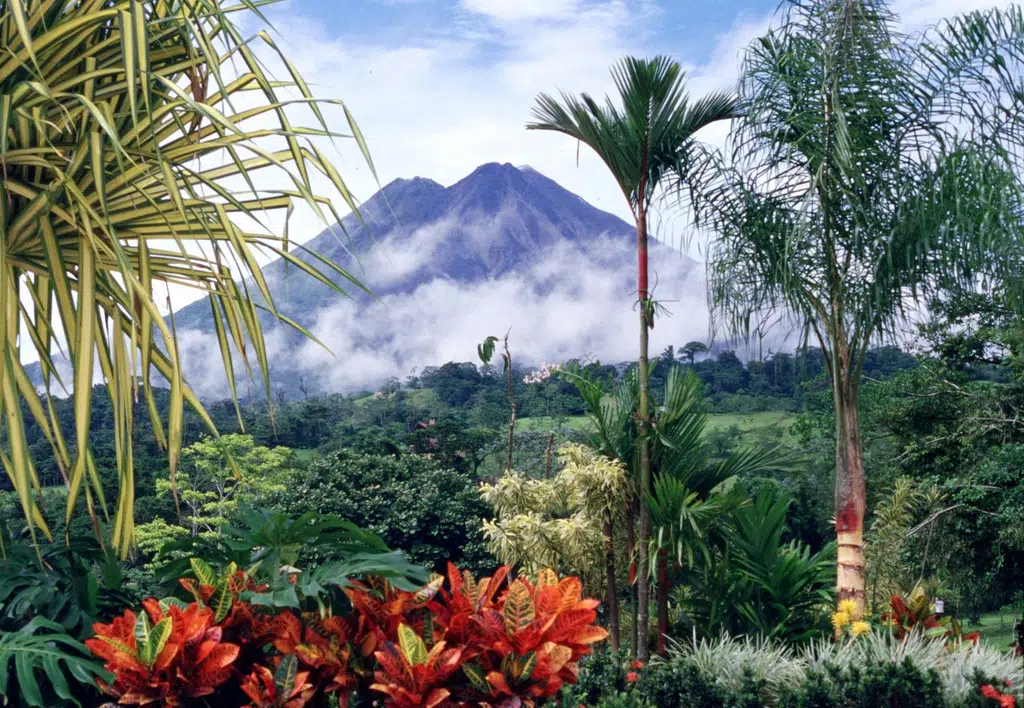

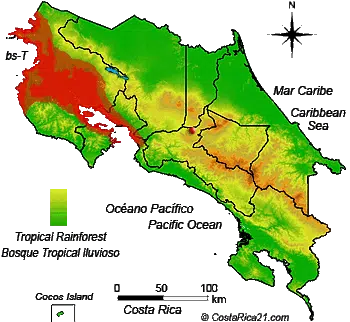








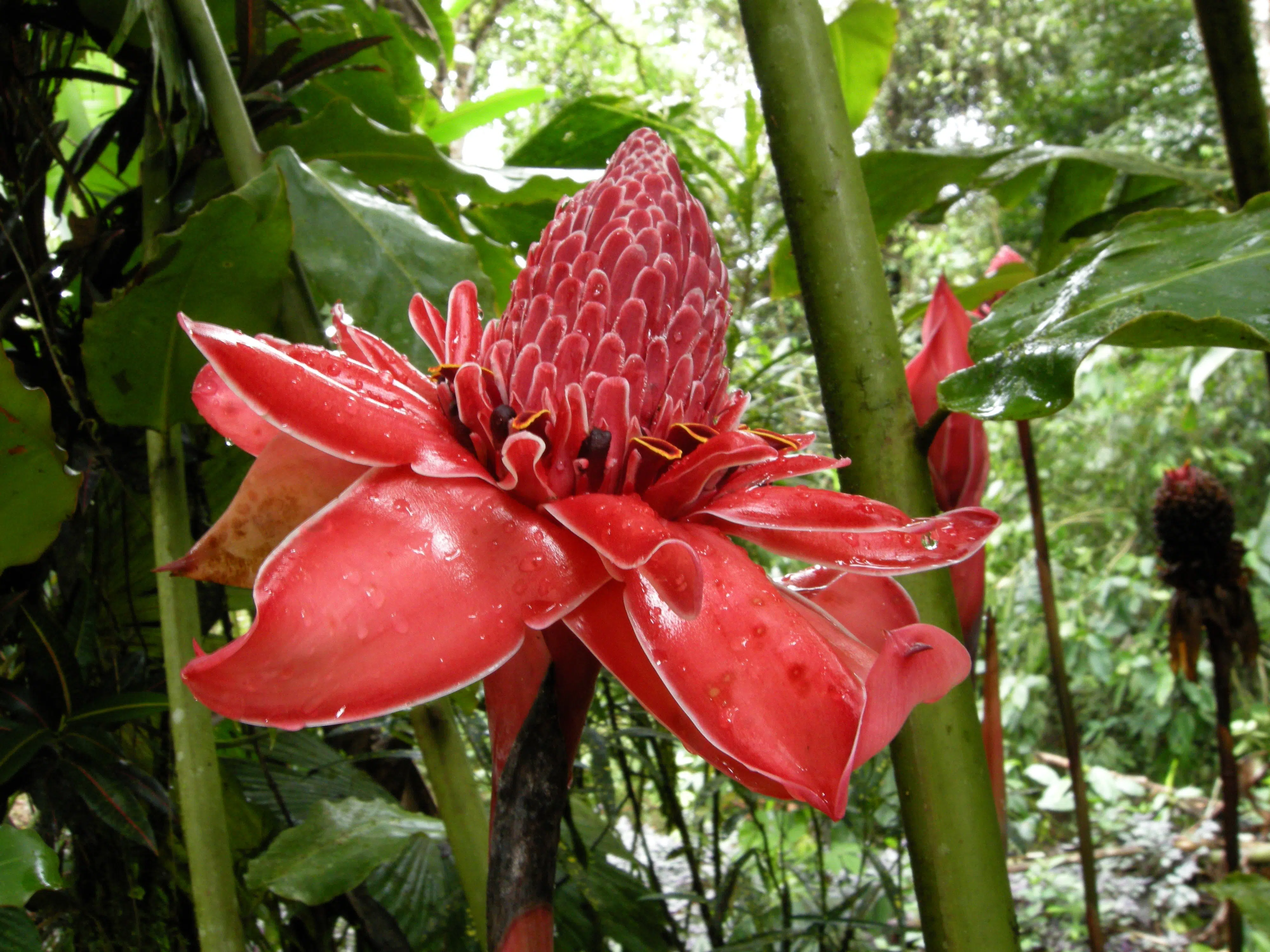

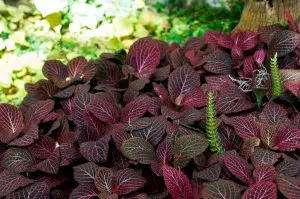
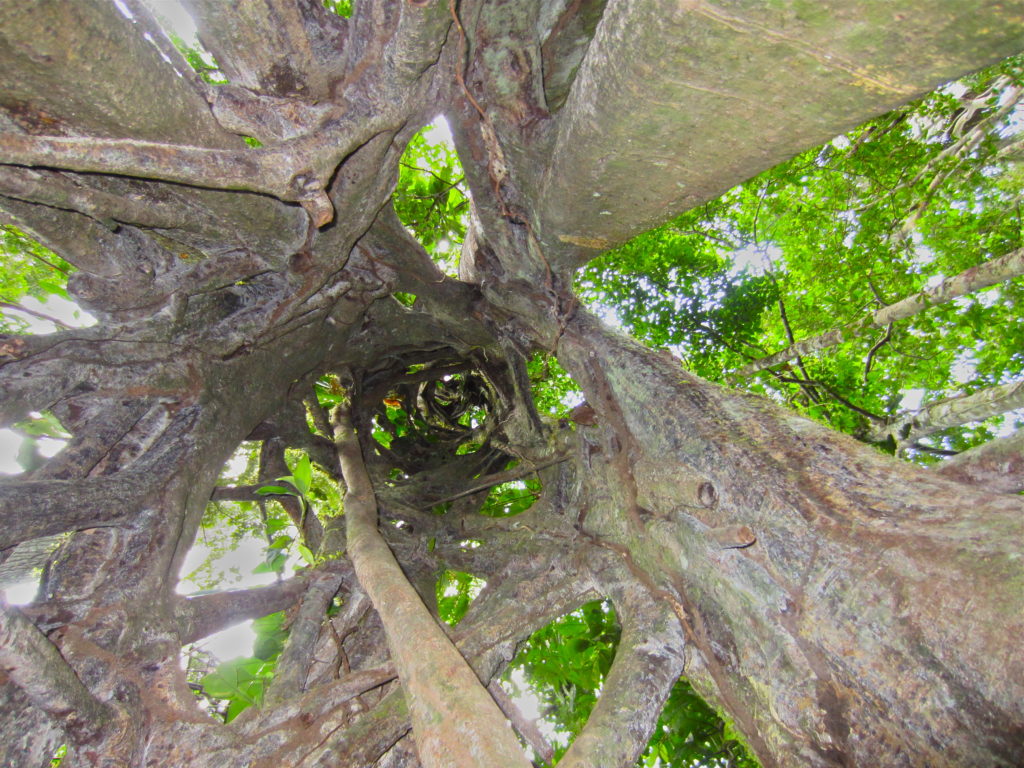
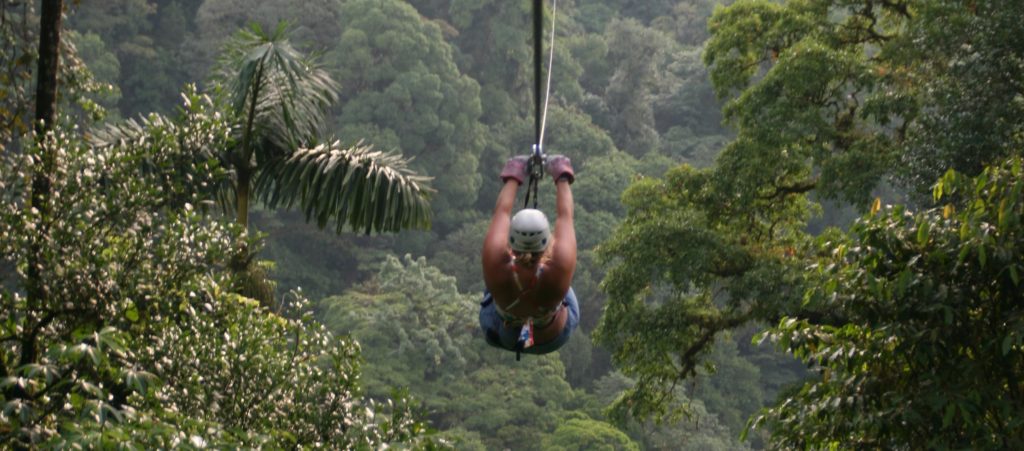
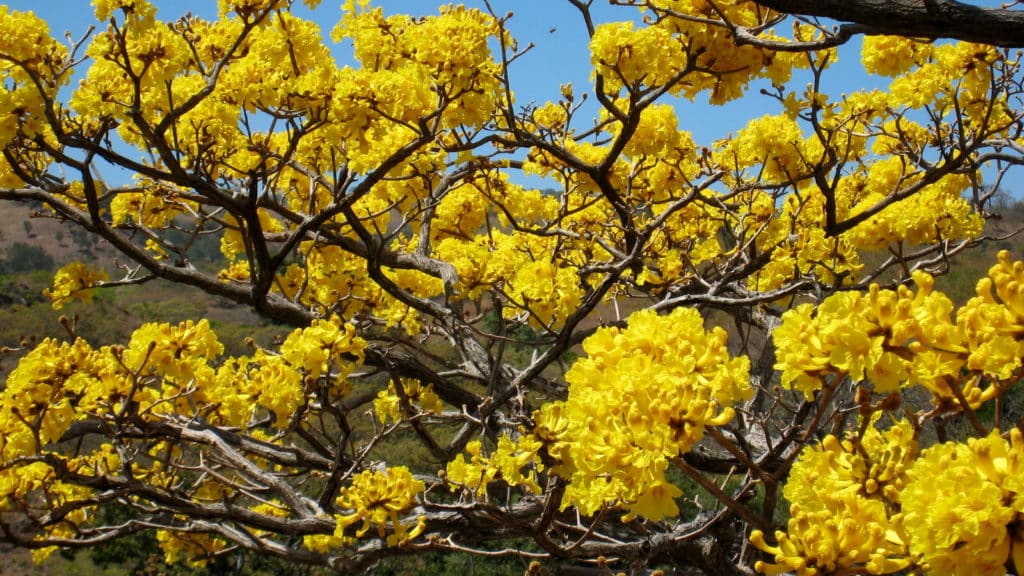
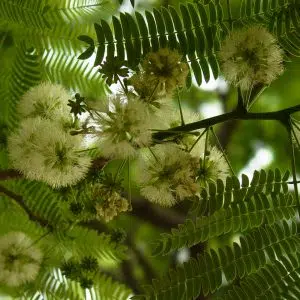
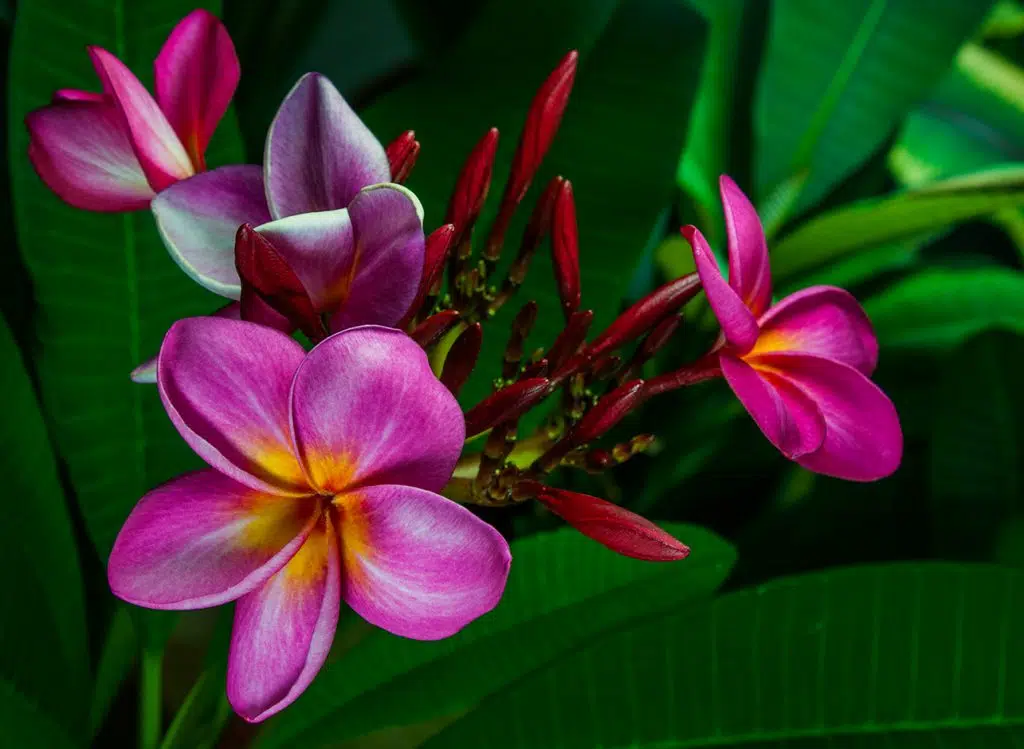
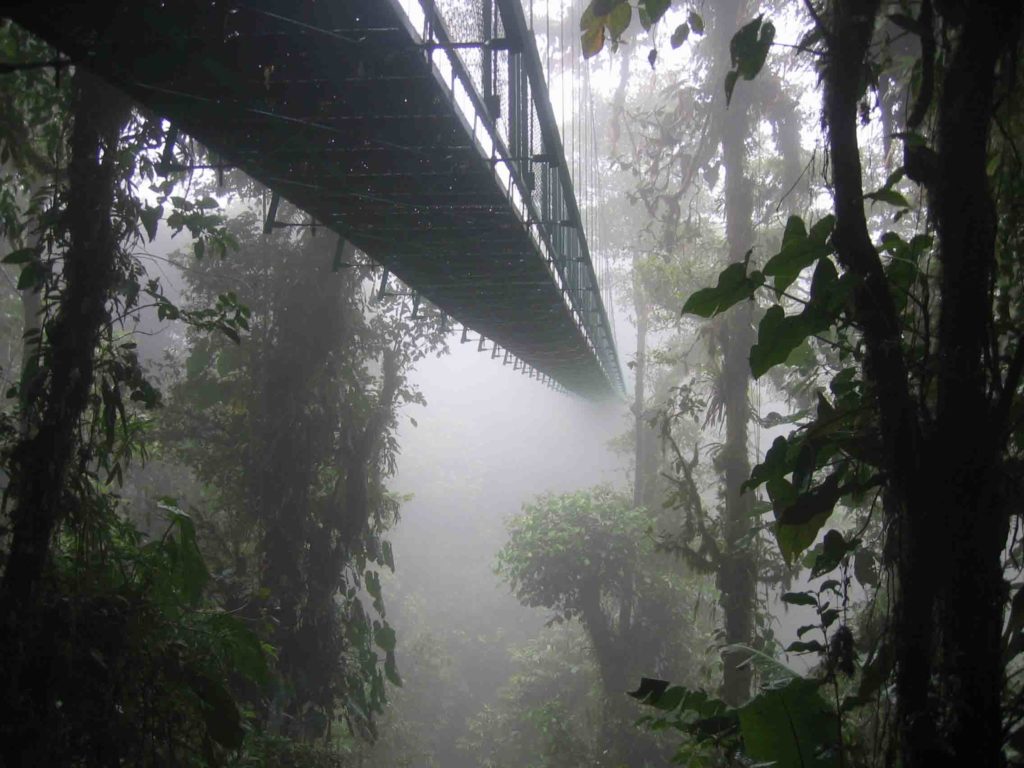
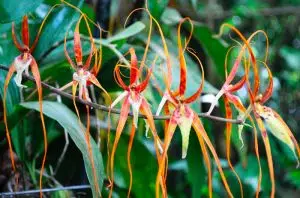
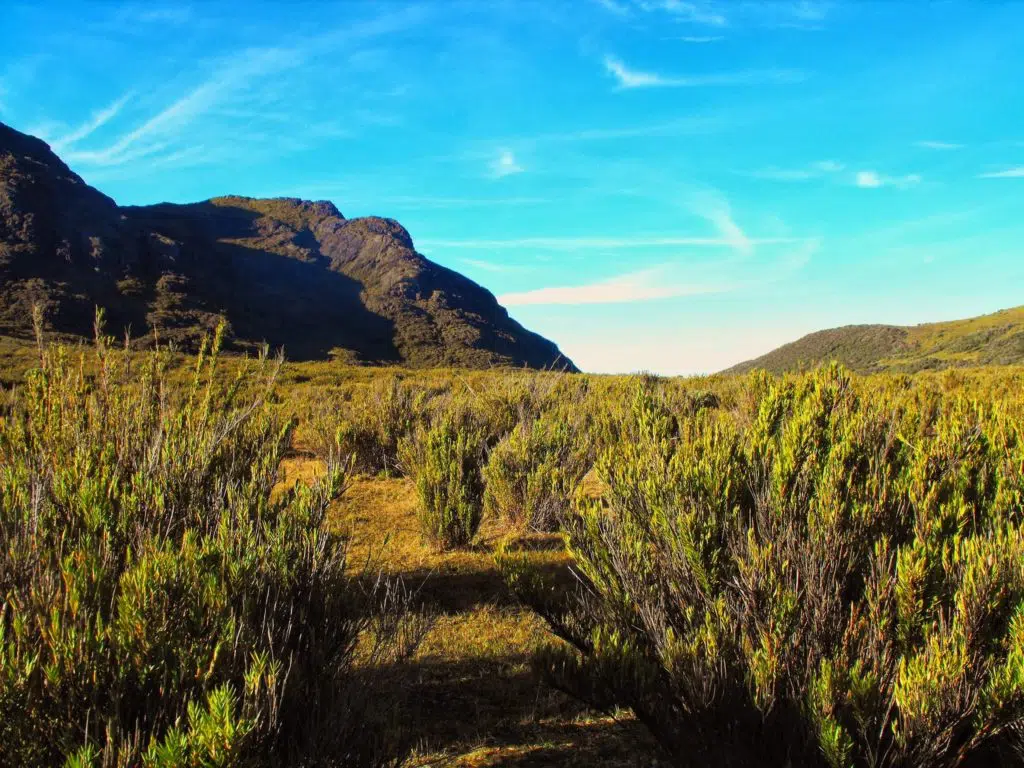









Wow! Spännande! Planerar ni resan helt själv? Kommer lägenheten nu bli fullt av härliga växter från Costa Rica?
Hi there! Wonderful article here! Do you have any recommendations for how to view epiphytes in costa rica? I would like to get up into the canopy somehow without being invasive. Thanks!